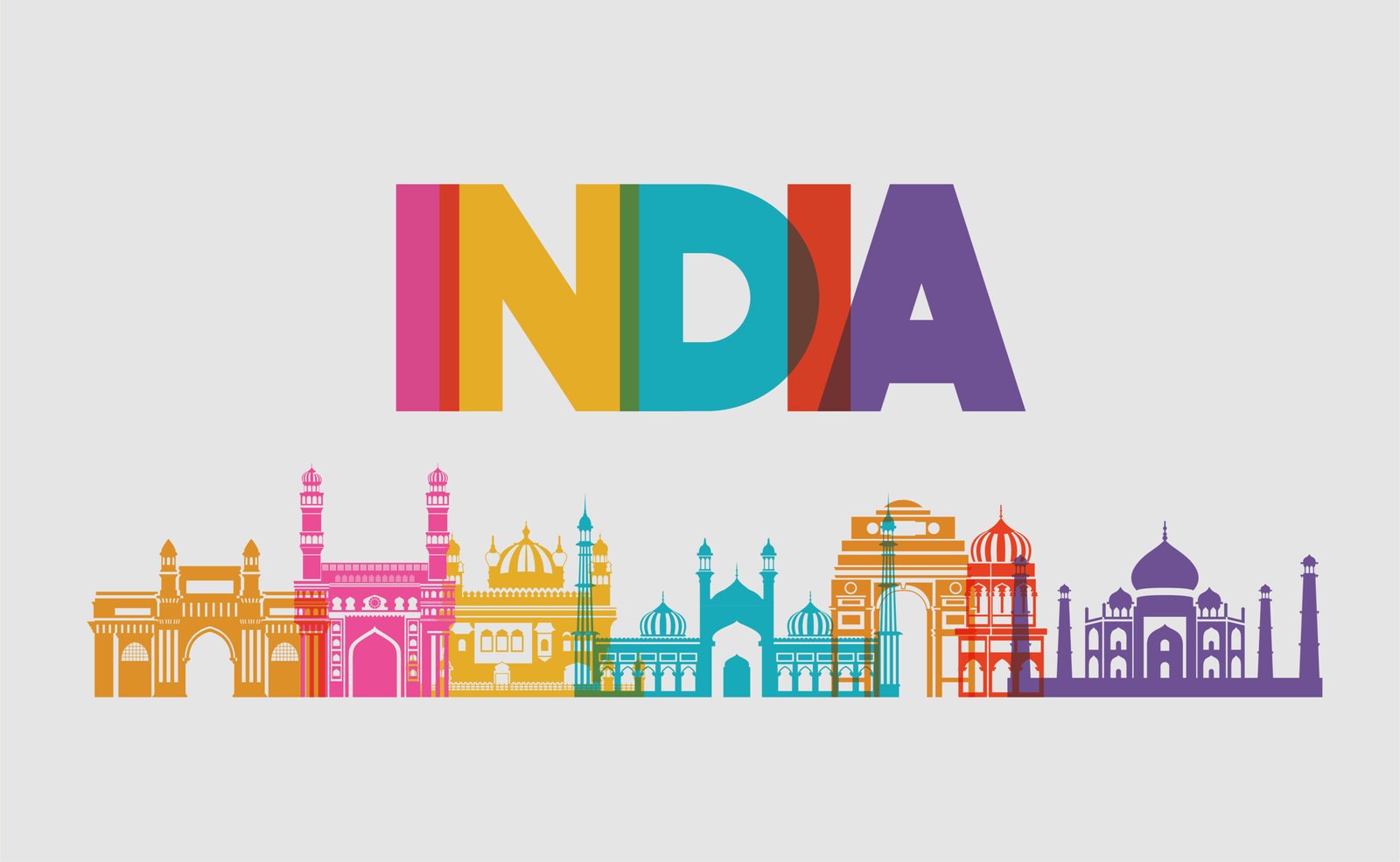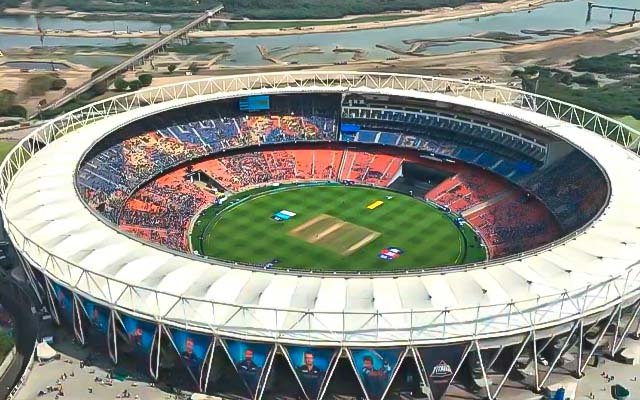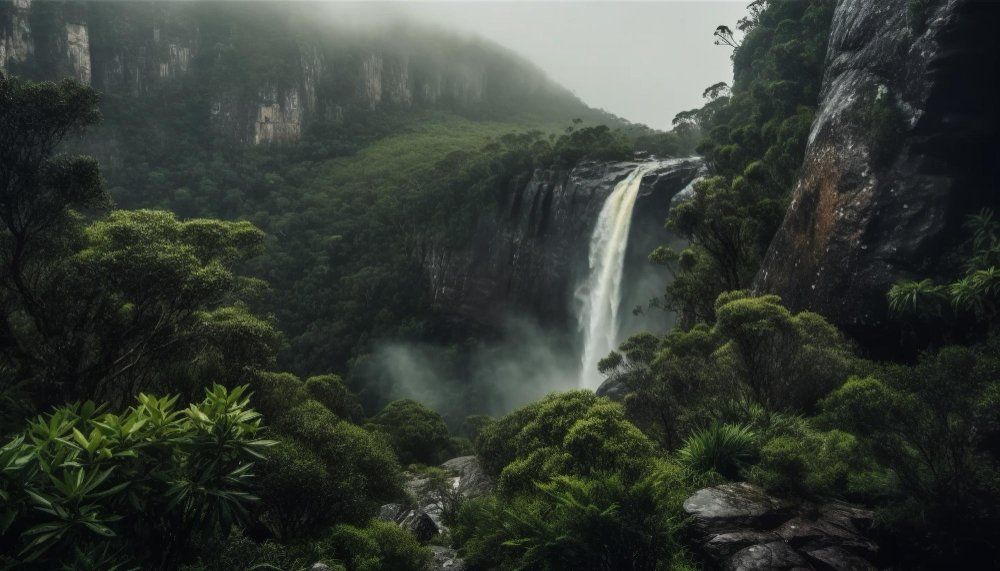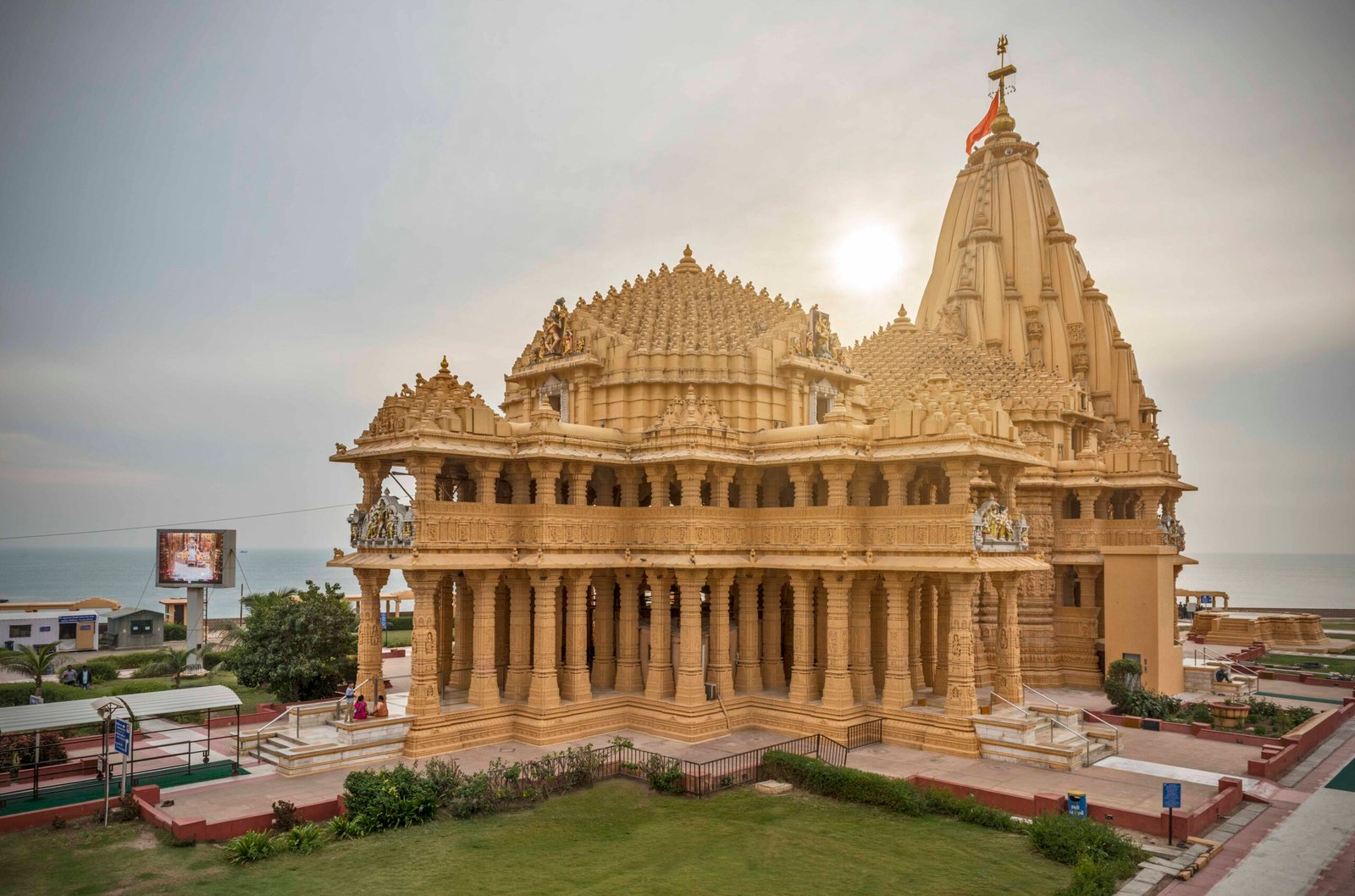World Geography
● The study of universe is known as Cosmology.
● The universe is commonly defined as the totality of everything that exists
including all physical matter and energy,
the planets, stars, galaxies and the
contents of intergalactic space.
● Galaxy
A galaxy is a vast system of
billions of stars, dust and light gases
bound by their own gravity. There are 100
billion galaxies in the universe and each
galaxy has, on average, 100 billion stars.
● Our galaxy is Milky Way Galaxy (or the
Akash Ganga) formed after the Big Bang.
● Andromeda is the nearest galaxy to the
Milky Way.
● The Big Bang Theory Big Bang
was an
explosion of concentrated matter in the
universe that occurred 15 billion years
ago, leading to the formation of galaxies of
stars and other heavenly bodies.
● It is believed that universe should be filled
with radiation called the “cosmic
microwave background.” NASA has
launched two mission to study these
radiation, i.e. the Cosmic Background
Explorer (COBE) and the Wilkinson
Microwave Anistropy Probe (WMAP).
● Stars are heavenly bodies made up of hot
burning gases and they shine by emitting
their own light.
● Black Hole Stars having mass greater
than three times that of the Sun, have
very high gravitational power, so that even
light can not escape from its gravity and
s gravity and
hence called black hole.
● Comets Made up of frozen gases.
They move around the Sun in
elongated elliptical orbit with the tail
always pointing away from the Sun.
● Constellations The sky is divided into
units to enable the astronomers to
identify the position of the stars. These
units are called constellations. There
are 88 known constellations.
● Satellites are the heavenly bodies that
revolve around the planets. Moon is the
natural satellite of the Earth.
Diameter 3476 km
Average distance from
Earth
384365 km
Rotation Speed 27 days, 7 h, 43
min and 11.47 sec
Revolution Speed 27 days, 7 h, 43
min and 11.47 sec
Time taken by moonlight
to reach the Earth
1.3 sec
Solar System
● The solar system consists of the Sun,
eight planets and their satellites (or
moons) and thousands of other smaller
heavenly bodies such as asteroids,
comets and meteors.
The Sun is at the centre of the solar system
and all these bodies revolve around it. It is
the nearest star to the Earth.
Average distance from
the Earth
149598900 km
Diameter 1391980 km
Temperature of the Core 15000000°C
Rotation Speed 25.38 days (with
respect to equator);
33 days (with respect
to poles)
Time taken by Sunlight
to reach the Earth
8 min and 16.6 sec
Biggest Planet Jupiter
Biggest Satellite Ganymede
(Jupiter)
Blue Planet Earth
Green Planet Uranus
Brightest Planet Venus
Brightest Planet outside Solar
System
Sirius
(Dog Star)
Closest Star of Solar System Proxima
Centauri
Coldest Planet Neptune
Evening Star Venus
Farthest Planet from Sun Neptune
Planet with maximum number of
satellites
Saturn
(Overtaking
Jupiter)
Fastest revolution in Solar System Mercury
Hottest Planet Venus
Densest Planet Earth
Fastest rotation in Solar System Jupiter
Morning Star Venus
Nearest Planet to Earth Venus
Nearest Planet to Sun Mercury
Red Planet Mars
Slowest Revolution in Solar
System
Neptune
Slowest Rotation in Solar System Venus
Smallest Planet Mercury
Smallest Satellite Deimos
(Mars)
Earth’s Twin Venus
Only Satellite with an atmosphere
like Earth
Titan
Asteroids (or Planetoids)
Small planetary bodies that revolve around
the Sun and found in between the orbits of
Mars and Jupiter.
Also known as minor
planets.
Meteors and Meteorites
● Meteors are also called as shooting
stars.
● Meteors are fragments of rocks
coming towards the Earth.
● They are formed due to collision
among the asteroids.
● Meteors that do not burn up
completely in Earth’s atmosphere and
land on the Earth, are called
meteorites.
● Meteorites are composed of various
proportions of a nickel-iron alloy (10%
nickel and 90% iron) and silicate
minerals.
Classification of Planets
Inner Planets Include Mercury, Venus,
Earth and Mars.
Outer Planets Include Jupiter, Saturn,
Uranus and Neptune.
Inner Planet Outer Planet
They are called as
Terrestrial or Rocky
planets.
They are called as
Jovian or Gaseous
planets.
They are nearer to
the Sun.
They are far away
from the Sun.
Dwarf Planet According to
International Astronomical Union (IAU),
it is a celestial body in direct orbit of the
Sun, that is massive enough that its shape
is controlled by gravitational forces, but has
not cleared its neighbourhood. e.g., Pluto,
Ceres, Eris, Makemake and Haumea.
A light year is the distance light travels in
one year at the speed of 3 10 8
× m/s.
Astronomical unit mean distance
between Earth and Sun.
Earth
● The Earth is an oblate spheroid. It is
almost spherical, flattened a little at
the poles with a slight bulge at the
centre (equator).
● Perihelion Nearest position of the
Earth to the Sun.
● Aphelion Farthest position of the
Earth from Sun.
● The Earth’s interior is composed of
three major layers: the crust, the
mantle and the core.
Eduard Suess has explained the interior of
Earth on the basis of chemical
composition as SIAL, SIMA and NIFE.
● SIAL (Silicon-Aluminium) Upper part of
the crust.
● SIMA (Silicon-Magnesium) Lower part of
the crust.
● NIFE (Nickel-Iron) Outer part of the core.
● Rotation of the Earth Earth spins on its
imaginary axis from West to East in one day.
Result in causation of day and night, tides.
● Revolution of the Earth Earth’s motion
in elliptical orbit around the Sun in one
year. Result in Change of seasons.
Age 4550 million years
Mass 5 976 1024
. × kg
Volume 1083 1012
. × km3
Mean Density 5.513 g/cm3
Total Surface Area 510 million sq km
Land Area 29.2% of the total surface
area
Water Area 70.8% of the total surface
area
Rotation Speed 23 hr, 56 min and 4.100 sec
Revolution Speed 365 days, 5 hr and 45.51
sec
Dates when days
and nights are equal
March 21 (Vernal Equinox);
23rd September,
(Autumnal Equinox)
Longest day 21st June, (Summer
Solstice) Sun is vertically
overhead at Tropic of
Cancer
Shortest night 22nd December,
(Winter Solstice) Sun is
vertically overhead at
Tropic of Capricorn
Escape velocity 11.2 km/sec
Mean surface
temperature
14°C
Latitudes
Imaginary lines drawn on the Earth’s surface
parallel to the equator. Equator (0°) is the
biggest latitude that divides Earth in two
equal hemispheres (North and South).
Tropic of Cancer 23.5°N
Tropic of Capricorn 23.5°S
Arctic Circle 66.5°N
Antarctic Circle 66.5°S
● Each degree of latitude equals 111 km.
Longitudes (Meridians)
● Meridians are a series of semicircles
that run from pole to pole passing
through the equator.
● Prime Meridian passes through
Greenwich near London, divides the
Earth in Eastern and Western
hemisphere. Its value is 0°.
● Longitude has very important function
i.e., it determines local time in relation
to Greenwich Mean Time (GMT).
● 1° change of longitude corresponds to
4 minutes difference in time.
International Date Line (IDL)
● It is the longitude where the date
changes by exactly one day when it is
crossed.
● 180°East and 180° West meridians is
the same line, which is called the
International Date Line.
● Crossing Date line from West to East
— addition of 1 day
Crossing Date line from East to West —
subtraction of 1 day
● Recently Samoa island decided to shift
itself on west side of IDL.
Indian Standard Time (IST)
■ The Earth takes approximately 24 hours to
complete one rotation i.e., it takes 24 hours
to complete 360° of its rotation.
■
Indian Standard Time is calculated on the
basis of 82.5°E longitude which passes
through Uttar Pradesh, Madhya Pradesh
Odisha, Chhattisgarh and Andhra Pradesh.
■
IST is 5 hr 30 min ahead of GMT.
Eclipses
When the light of the Sun or the Moon is
blocked by another body, the Sun or the
Moon is said to be in eclipse.
● Solar Eclipse It is caused, when the
Moon revolving around the Earth
comes in between the Earth and the
Sun, thus making a part or whole of the
Sun invisible from a particular part of
the Earth. Thus, the eclipse can be
partial or complete.
● Lunar Eclipse When the Earth
comes between the Moon and the Sun,
the shadow cast by the Earth on the
Moon results in a lunar eclipse.
ROCKS
Rocks are made up of individual
substances, called minerals, found mostly
in solid state. Rocks are classified into three
major types
● Igneous rocks are formed by the
solidification of the molten magma, e.g.,
Mica, Granite etc.
● Sedimentary rocks are formed due to
accumulation of rock particles and
organic matter in layers, under
tremendous pressure, e.g., Gravel, Peat,
Gypsum etc.
● Metamorphic rocks were originally
igneous or sedimentary but later changed
due to pressure, heat or action of water,
e.g., Gneiss, Marble, Quartzite etc.
Type of
Rock
Original
Rock
Metamorphic
Rock
Igneous Granite Gneiss
Igneous Basalt Green-stone
Sedimentary Limestone Marble
Sedimentary Coal Graphite, Coal
Sedimentary Sandstone Quartzite
Sedimentary Shale/Clay Slate, Mica, Schist
Weathering
The process by which rocks are chemically
or physically disintegrated into fragments.
EARTHQUAKES
● Any sudden disturbance below the Earth’s
surface may produce vibrations or
shaking in Earth’s crust and some of
these vibrations, when reach the surface,
are known as earthquakes.
● The magnitude of an earthquake is
measured by Richter Scale.
● The intensity of earthquake waves is
recorded by Seismograph.
● Intensity of shaking is measured on the
modified Mercalli Scale.
● Focus is the point beneath the Earth
where earthquake originates.
● Epicentre is the point just above the
focus on the Earth’s surface.
VOLCANISM
● Sudden eruption of hot magma (molten
rock), gases, ash and other material from
inside the Earth to its surface.
Types of Volcanoes
● Active Which erupts frequently, e.g.,
Mauna Loa (Hawaii), Etna (Sicily),
Vesuvius (Italy), Stromboli
(Mediterranean Sea).
● Dormant Not erupted for quite
sometime, e.g., Fujiyama (Japan),
Krakatoa (Indonesia), Barren Island
(India).
● Extinct Not erupted for several
centuries. e.g., Arthur’s Seat,
Edinburgh, Scotland.
● Ring of Fire Hundreds of active
volcanoes found on the land near the
edges of the Pacific Ocean.
Tsunami
Large ocean wave that is caused by sudden
motion on the ocean floor. Motion could be
an earthquake, volcanic eruption or
underwater landslide.
LANDFORMS
There are three major landforms
mountains, plateaus and plains.
Mountains
An uplifted portion of the Earth’s surface is
called a hill or a mountain.
Mountains are classified into following
four types
● Fold Mountains These are formed by
folding of crustal rocks by compressive
forces. e.g., Himalayas (Asia), Alps
(Europe).
● Block Mountains When great blocks
of the Earth’s crust are raised or lowered
during the last stage of mountain
building, block mountains are formed,
e.g., Vosges in France, Black Forest
mountains in Germany.
● Volcanic Mountains These are formed
by the matter thrown out from the
volcanoes, and are also known as
mountains of accumulation, e.g.,
Mt Mauna Loa in Hawaii, Mt Popa in
Myanmar.
● Residual or Dissected Mountains They
are known as relict mountains or
mountains of circum-denudation. They
owe their present form to erosion by
different agencies, e.g. Nilgiris, Girnar
and Rajmahal.
Greenhouse Effect and
Global Warming
● A greenhouse gas (sometimes
abbreviated GHG) is a gas in the
atmosphere that absorbs and emits
radiation within the thermal infrared
range. This process is the fundamental
cause of the greenhouse effect.
● The primary greenhouse gases in the
Earth’s atmosphere are water vapour,
carbon dioxide, methane, nitrous oxide
and ozone.
● In the solar system, the atmosphere of
Venus, Mars and Titan also contain gases
that cause greenhouse effects.
● Global warming is the increase of Earth’s
average surface temperature due to effect
of greenhouse gases, such as carbon
dioxide emissions from burning fossil
fuels or from deforestation. This is a type
of greenhouse effect.
Pressure System of Earth
● The pressure exerted by the atmosphere
due to its weight, above a unit area of the
Earth’s surface is called atmospheric
pressure. It is measured by Mercury
Barometer.
● Major pressure belts of the Earth are
equatorial low, sub-tropical high,
sub-polar low and polar high.
Winds
Due to horizontal differences in air
pressure, air flows from areas of high
pressure to areas of low pressure.
Horizontal movement of the air is calledwind.
The types of winds are given below
● Planetary Winds The winds blowing
throughout the year from one latitude
to another in response to latitudinal
differences in air pressure are called
planetary or prevailing winds.
● Planetary winds are divided into three
types they are Trade winds, Westerlies
and Polar winds.
(i) Trade Winds They blow from the
Sub-tropical High Pressure Belt to
the Equatorial Low Pressure Belt in
the tropics between 30° North and
30° South latitudes.
(ii) Westerlies They blow from
Sub-tropical High Pressure Belt to
the Sub-Polar Low Pressure Belt in
the temperate latitudes between
30°and 60°, on the either side of the
Equator.
These are also called Roaring
Forties, the Furious Fifties and
Shrieking or Screaming sixties.
(iii) Polar Winds They blow from the
Polar High Pressure Belt to the
Sub-Polar Low Pressure Belt
between 60° latitude and the Pole
on both sides of the Equator.
● Periodic Winds They change their
direction periodically with the change
in pressure and temperature, e.g.,
Monsoon, Land and Sea Breeze.
● Local Winds Local winds develop as a
result of local differences in
temperature and pressure. e.g., Fohn,
Chinook, Loo.
● Cyclones Rapid inward circulation of
airmasses with a low pressure at centre.
It is anticlockwise in the Northern
Hemisphere and clockwise in the
Southern Hemisphere.
● Anticyclones Rapid outward
movement of air masses with a high
pressure at centre.
● Hurricane This is also known as
tropical cyclone or tropical storm. This
is a disturbance of about 650 km across,
spinning around a central area of very
low pressure, with (with wind speed
above) 140 km/h.













[…] much like theMilky Way. It lies about 3 million light-years away, in the constellation of Andromeda.THE UNIVERSEThe universe is everything that exists—all the stars, planets, galaxies, and the space between […]